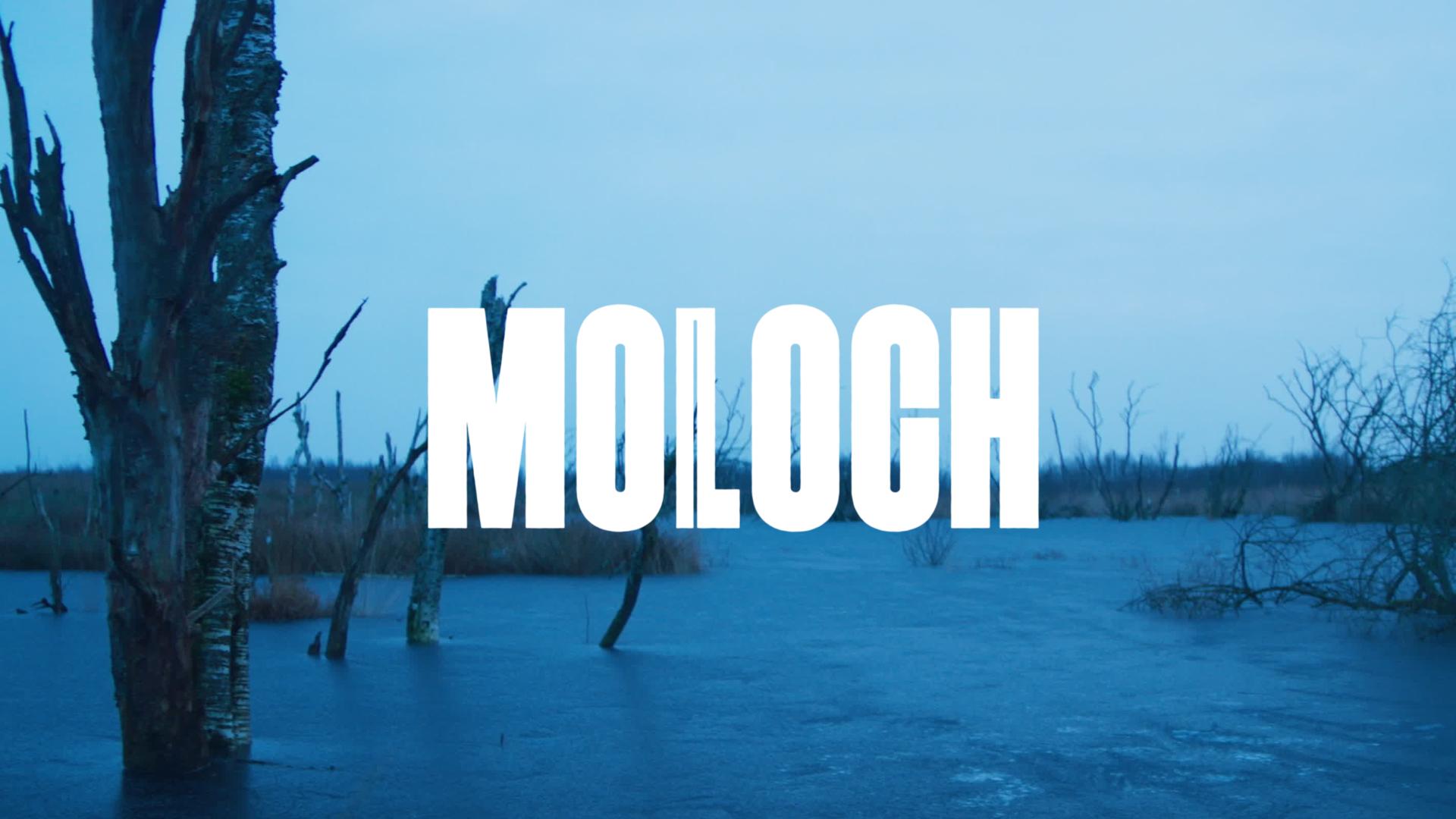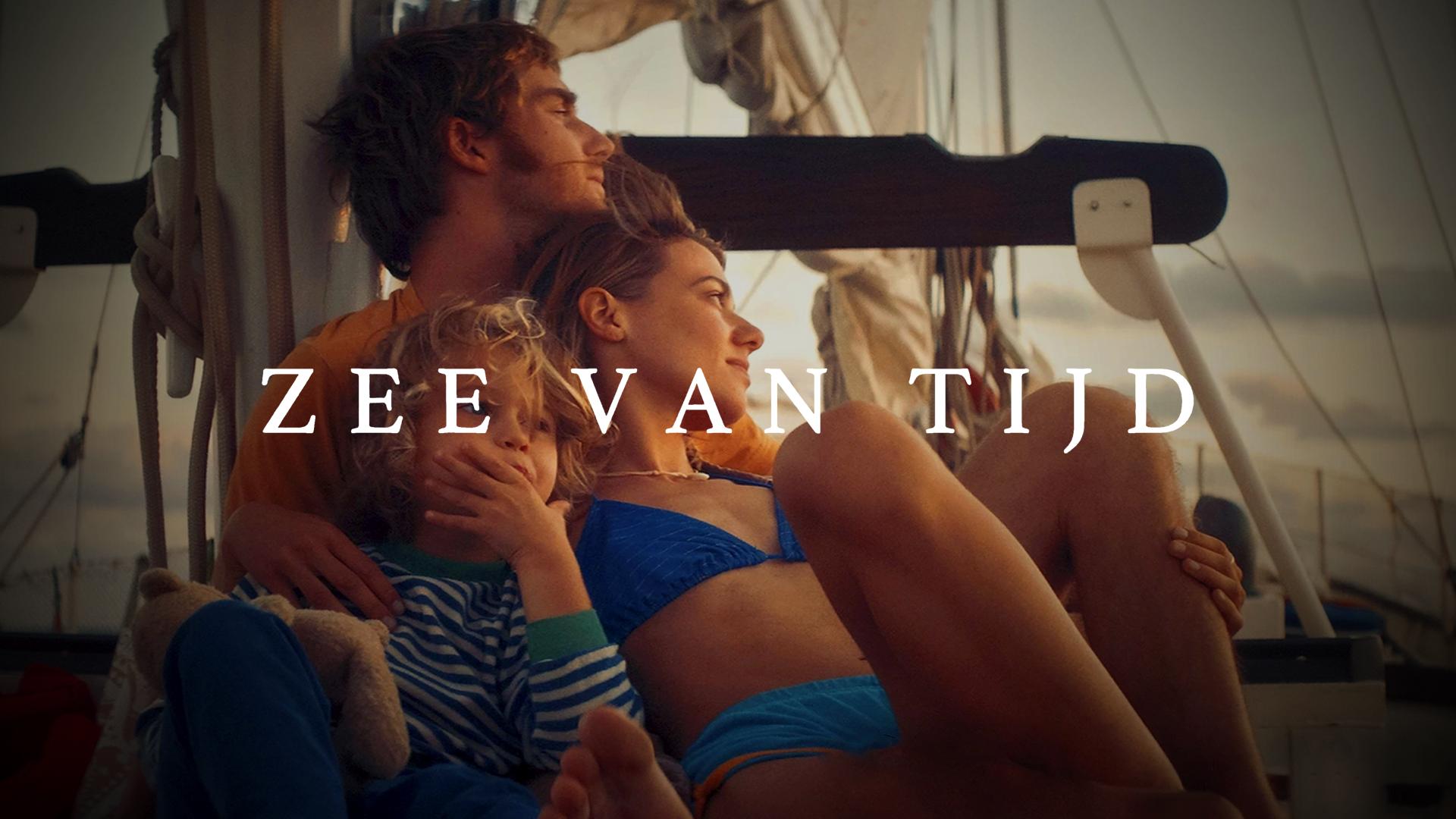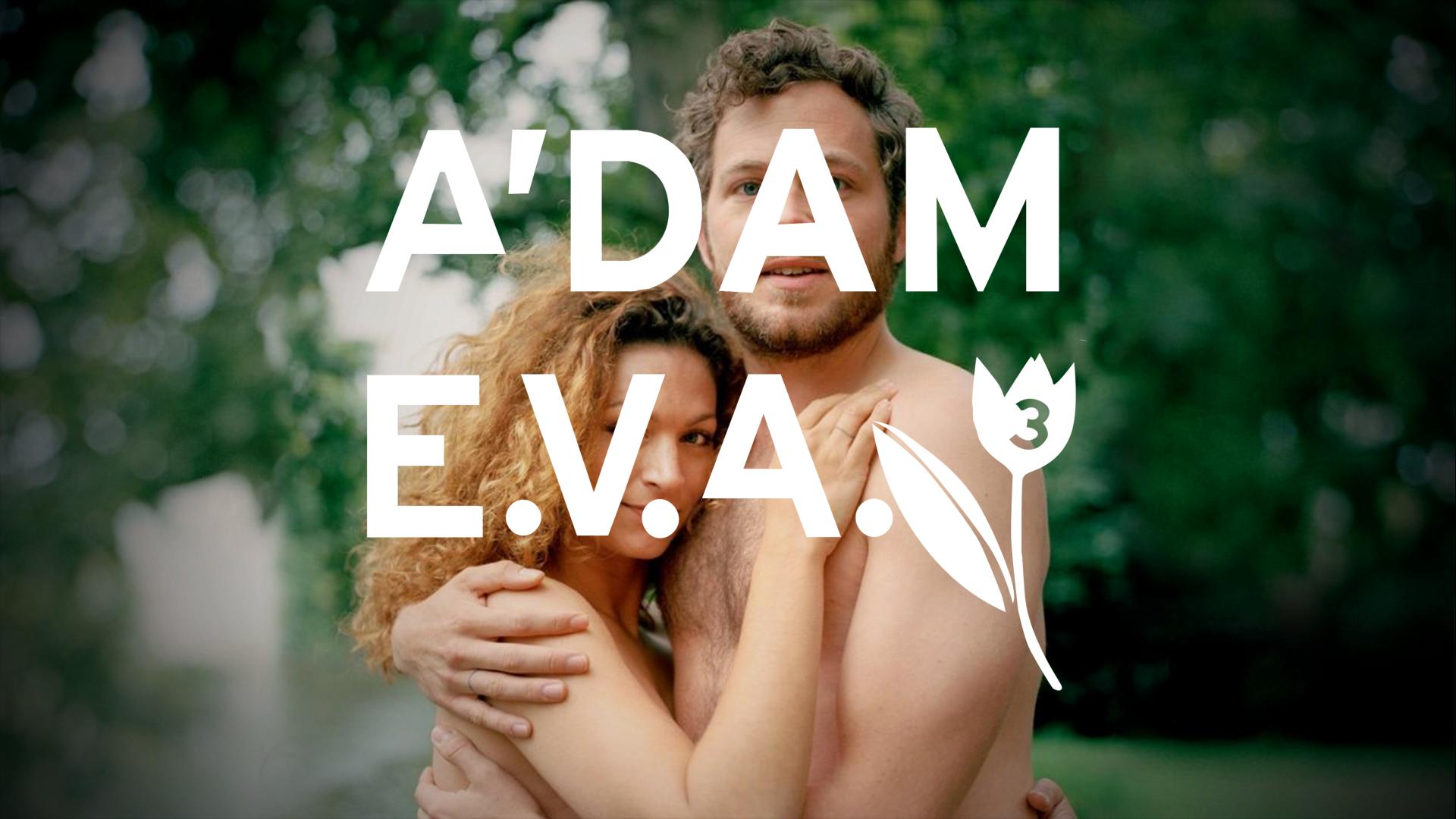
The key moment in the series is a rain of fish, lasting 30 to 60 seconds, on the village square of Barslet, a scene that recurs in every episode. All seven main characters in the series experience this miraculous happening in their own way. The viewer follows each character individually, but the rain on the village square connects them all. It was up to Planet X to find a way to make these raining fish scenes convincing.
An extensive preparatory process began. The way the camera would be used for the series required that different ways of shooting be possible and that the post-production would give a limited number of restrictions. Because most of the fish rain had to be added in post-production, it was necessary to look for techniques that would not exclude handheld shots with close cuts and chaotic movements. This meant that almost every shot had to be trackable.
Another challenge was the hybrid that Planet X proposed. To realise the rains, both the CG fish, which were to be made in post-production and added, and the rubber fish on the set would be used. These rubber fish (about 2,500 in total) were used on the set on shooting days to strew the square once the rain had passed, and the characters in the series walked around or through them. The intensity of the rain was increased in the post-production/CG, so that the fish were dumped from the heavens from far in the background and interacted with roofs, trees and other objects they encountered while falling.
Seven shots, representative of the diversity of shots in the final series. Among others, the master shot, the shot with a handheld camera and from a car. First the end result, then a comparison between, on the left, the shots before manipulation and, on the right, the end result.
A second test phase had to point out where the set should end and where the CG fish would take over. At the same time, the use of two cameras would be tried out in real life. Because the rubber fish were unavailable at that time and objects with a reasonable size, but that could safely fall on someone's head without appearing too fake (such as ping pong balls) were needed, bread rolls were chosen. They met all of the requirements.
During the shoot rubber fish were strewn by a team of 'fish handlers' in several tower wagons on and around the actors and other objects (such as cars). This took some of the burden off the visual effects in the sense that no complicated collisions and such needed to be simulated.
The CG fish were created with simulation software that was designed in house. So-called 'soft body' models that were pliable and could be contorted were used. The CG fish bounced somewhat more than real, that is, dead fish would, and therefore they did not differ too greatly from the fish on the set. Random loops in the fishes' movements made the fish appear to jump up and thrash about once they reached the ground. All fish reacted realistically to objects with which they collided or which they interacted with. To do so it was necessary to reproduce in the 3D scenes the objects (benches, roofs, trees, cars) occurring on screen. In addition, for each scene it was determined in what layers (foreground, middleground, background) the rain would be built up.
In the compositing these layers were integrated in a way that they coincided with the shot. Part of the open plan for the visual effects within this project was the avoidance of the use of blue and green screens on the set. This meant a substantial amount of rotoscoping, whereby each shot was deconstructed on the basis of the different layers creating depth. This gave the necessary control over focus, colour and other integration factors. Splashes, camera shakes and changes in light were added to the shots to enhance the realism of the fish rain.
Many shots from after the rain, when the village square is buried under the fish, were provided with matte paintings in order to fill the roofs and gutters sufficiently.
Aside from the fish rains, which contain a total of about 270 manipulated shots, Planet X provided 140 other shots in the series with visual effects.
A few simple camera tests led to the decision to attach an extra, smaller prosumer camera to the main camera. This camera always shot the wide-angle shot so that there was enough reference information in it for the CG animators. The A-camera could therefore shoot a close shot with little depth of field and many chaotic movements. The reference camera, camera B, ensured that a virtual (3D) camera track could be taken from the material. The lens and frame of this 3D camera would subsequently be made to coincide with the shot from the A-camera so that the CG fish, once placed in the scene, would interact with the real world accurately, no matter what camera movements were made.


